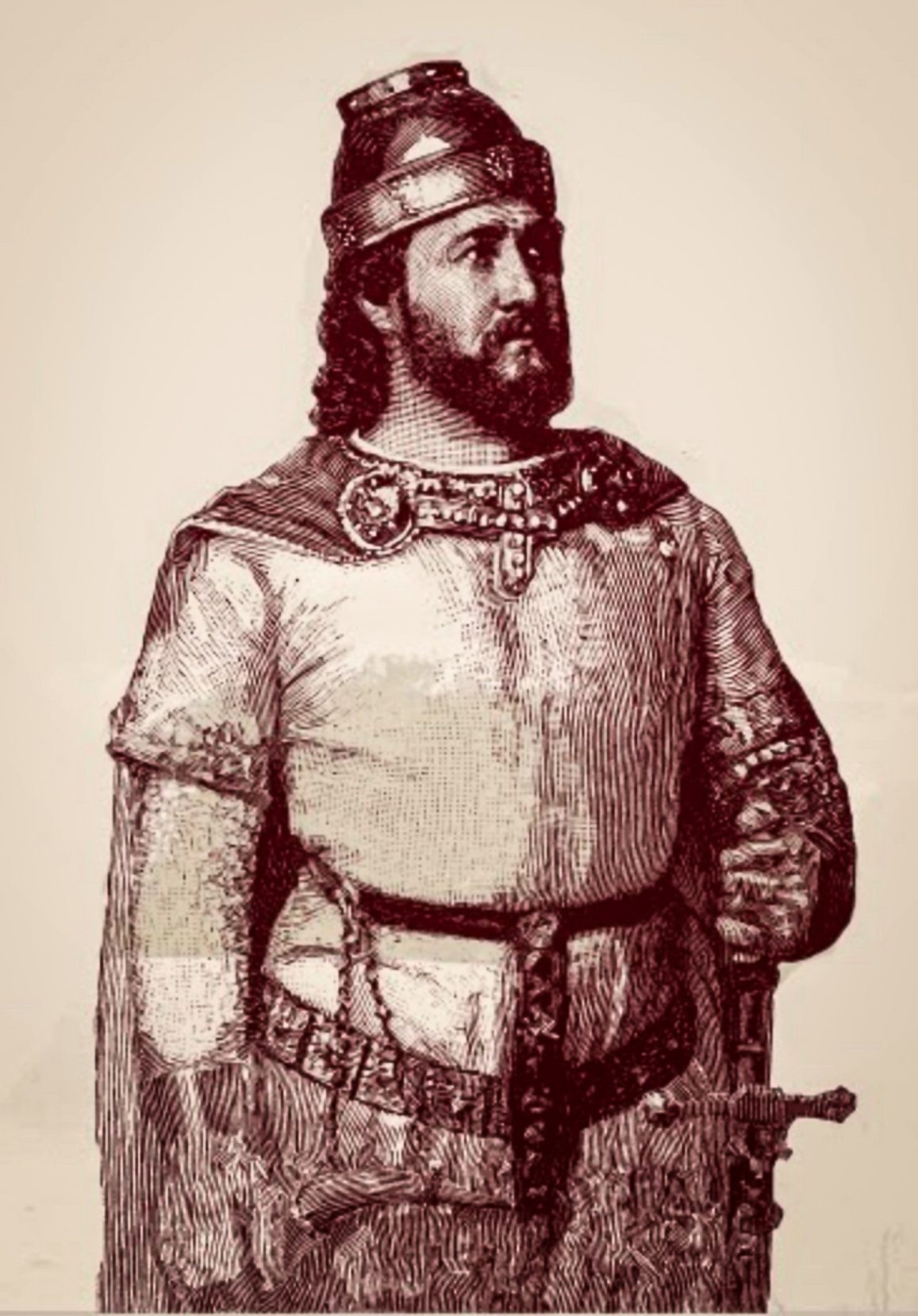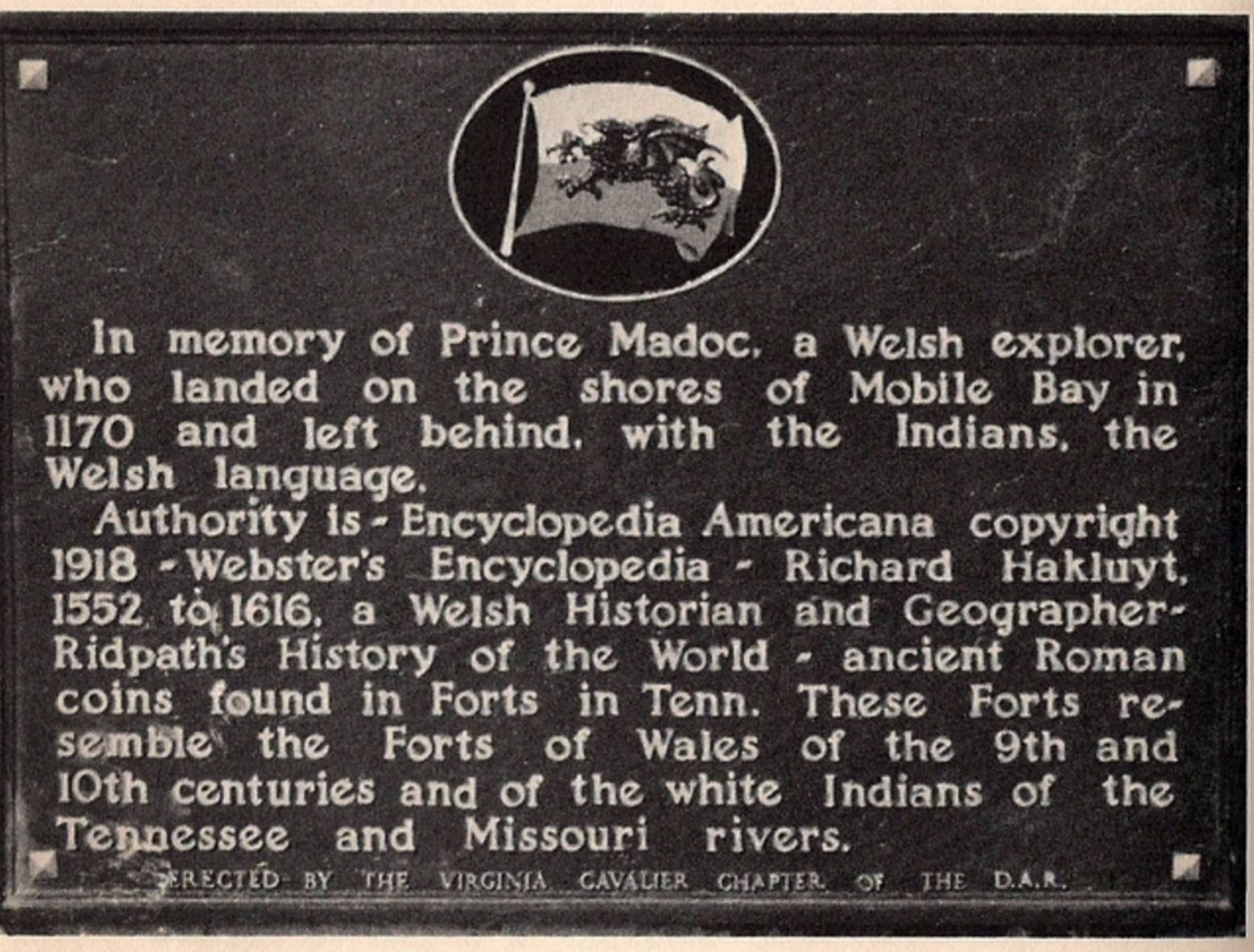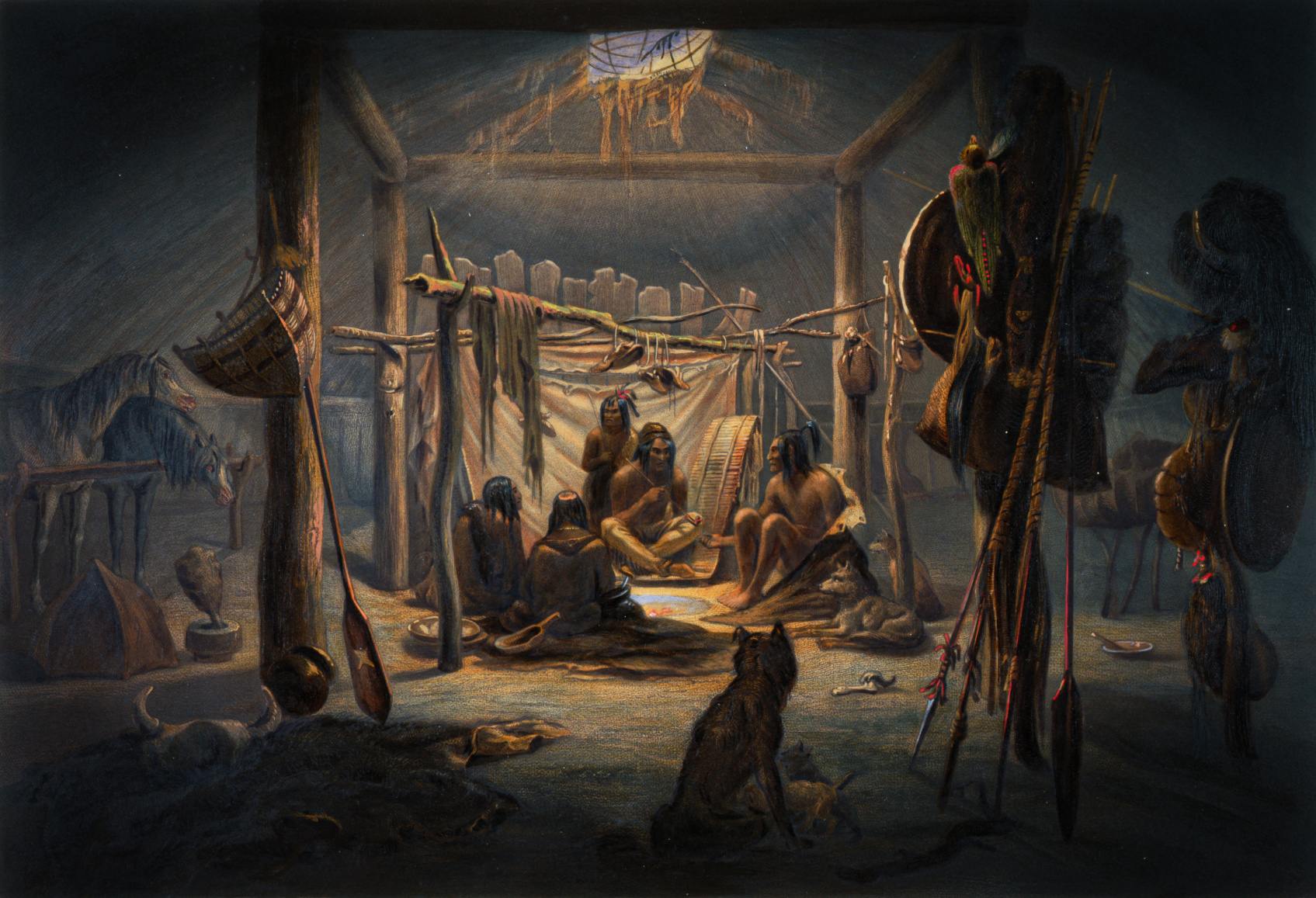It is said that several centuries before Columbus sailed to the Americas, a Welsh prince named Madoc departed Wales with ten ships and a dream of discovering a new land. Madoc was the son of King Owain Gwynedd, who had 18 other sons, some of them bastards. Madoc was one of the bastards. When King Owain died in 1169, a civil war broke out between the brothers over who should be the next king.

Madoc, a peaceful man, assembled a party of other peace-lovers and set out to find new lands. According to the legend, he returned in 1171 with stories of his adventures and attracted more people to go with him on a second expedition, from which he never returned.
The story, which was first recorded in a Welsh manuscript in the 1500s, is shadowy on the details, but some people believe Madoc and his men landed in the vicinity of what is now Mobile, Alabama.

In particular, stone forts along the Alabama River have drawn attention since they were built before Columbus’ arrival, but some Cherokee tribes say they were built by “White People” — though there’re other fascinating claims behind the Cherokee tribes’ legend.
Madoc’s landing place has also been suggested to be “Florida; Newfoundland; Newport, Rhode Island; Yarmouth, Nova Scotia; Virginia; points in the Gulf of Mexico and the Caribbean including the mouth of the Mississippi River; the Yucatan; the isthmus of Tehuantepec, Panama; the Caribbean coast of South America; various islands in the West Indies and the Bahamas along with Bermuda; and the mouth of the Amazon River”.
Some speculate that Madoc and his followers joined with and were assimilated by the Mandan Native Americans. Several rumors surround this myth, such as the alleged similarity between the Mandan language and Welsh.

Although the folklore tradition acknowledges that no witness ever returned from the second colonial expedition to report this, the story continues that Madoc’s colonists travelled up the vast river systems of North America, raising structures and encountering friendly and unfriendly tribes of Native Americans before finally settling down somewhere in the Midwest or the Great Plains. They are reported to be the founders of various civilisations such as the Aztec, the Maya and the Inca.
The Madoc legend attained its greatest prominence during the Elizabethan era, when Welsh and English writers used it to bolster British claims in the New World versus those of Spain. The earliest surviving full account of Madoc’s voyage, the first to make the claim that Madoc had come to America before Columbus, appears in Humphrey Llwyd’s Cronica Walliae (published in 1559), an English adaptation of the Brut y Tywysogion.
Several attempts to confirm Madoc’s historicity have been made, but historians of early America, notably Samuel Eliot Morison, regard the story as a myth.
Governor John Sevier of Tennessee wrote a report in 1799 detailing the discovery of six skeletons encased in brass armor bearing the Welsh coat of arms, which may have been a hoax. If they were real, they would be the most solid evidence we have for the potential fate of Madoc’s expedition, which otherwise remains a mystery.




